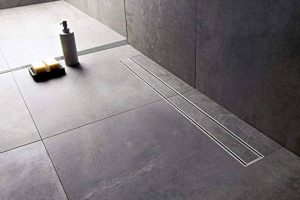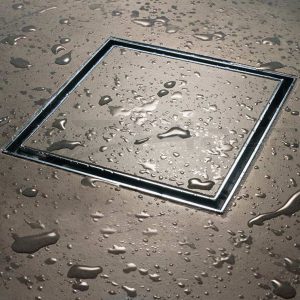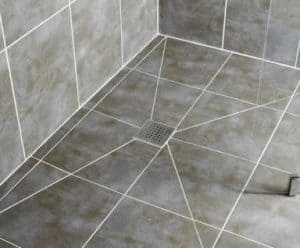What type of drain is best for your shower? When it comes to bathroom design, the devil is often in the details. What type of drain is best for your shower is not the most glamorous topic, but it’s...
What type of drain is best for your shower?
When it comes to bathroom design, the devil is often in the details. What type of drain is best for your shower is not the most glamorous topic, but it’s a crucial consideration that can impact both aesthetics and functionality.
In bathrooms, the choice between linear/channel drains and standard square drains has gained prominence due to their distinct advantages and disadvantages. Let’s dive into the pros and cons of each, their compliance with Australian standards, and how to factor them into your bathroom design.
Linear/Channel Drains: Aesthetic Elegance and Accessibility
Pros:

Cons:
Standard Square Drains: Time tested and Versatile
Pros:

Cons:
 Tile cuts required to form adequate fall for drainage.
Tile cuts required to form adequate fall for drainage. BCA, Australian Standards and Design Considerations:
Both linear drains and square drains must meet BCA and Australian standards for installation, drainage efficiency and waterproofing to prevent water damage. When designing your bathroom, consider factors such as the bathroom’s layout, size, and overall aesthetic.
For linear drains, ensure proper floor slope, waterproofing, and appropriate positioning to guarantee efficient water drainage. For central square drains, choose a design that complements your bathroom tiles and overall theme.
Also ensure that all drains are installed by a licensed plumber!
Shower Design: Wet Room Style or Enclosed
The choice between a wet room-style shower and an enclosed shower impacts the drainage solution you opt for. Wet room designs often favor linear drains for their water management capabilities, while enclosed showers can work well with both strip and square drains based on aesthetic preferences, budget and accessibility needs.
In conclusion, bathroom drainage, particularly in shower areas, is a significant consideration when designing your bathroom. Linear drains offer a modern look and improved water management, while square drains provide versatility and cost-effectiveness. Both options must adhere to Australian standards for proper drainage and waterproofing. When designing your bathroom, factor in the shower type (wet room or enclosed) and your aesthetic preferences to make an informed choice that balances style and functionality.
For more goodness and advice on bathroom renovations check out our articles here
OR get social with our amazing FB community
The post Navigating Shower Drainage: Linear Drains vs. Square Drains appeared first on Renovating Mums.


